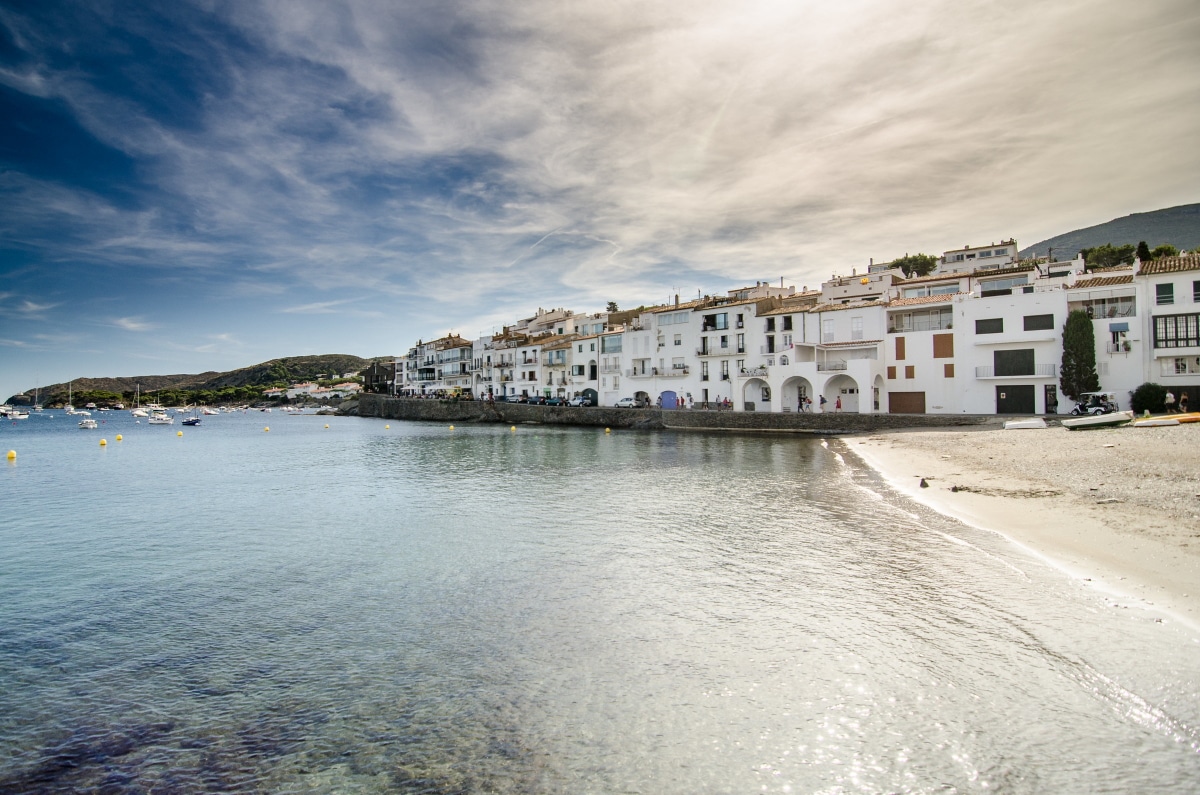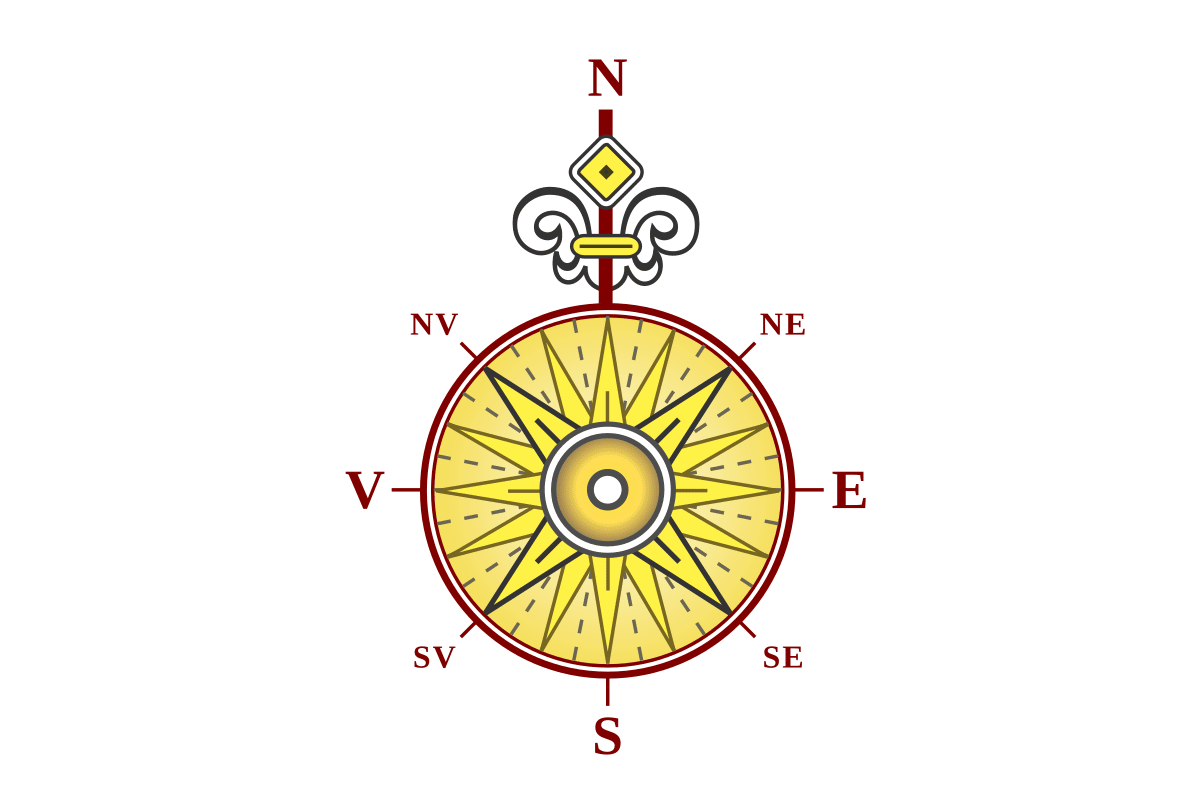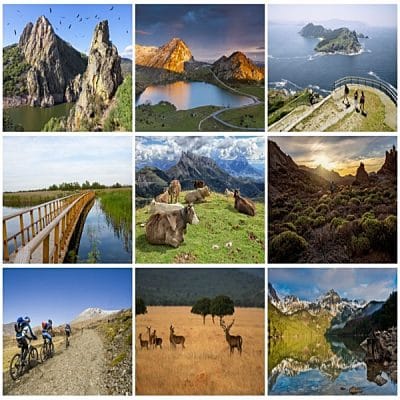
The tramontana is a wind that blows from the north and northeast which is cold and turbulent. In Spain, it blows with special force over the Balearic archipelago and north-eastern Catalonia. The Pyrenees become the acceleration zone for the north wind, and its intensity is remarkable. They are usually one of the most considerable winds there is, and their gusts, which can reach more than 100km/h, can last several days.
In this article that we will talk about what the tramontana is, you will also learn what mountainous areas are called Tramontana. How it has affected popular culture, and to what extent it has been an obstacle that has made maritime navigation difficult. And it is that the tramontana, even It has been a reference in several works literary, which some you can see.
The Tramontana, the Mediterranean wind from the north

Tramontana, is a word that comes from Latin «transmontanus-i» and that means "from beyond the mountain". Use the northern Pyrenees and the southwestern French Massif Central area as a zone to intensify. In the area of Mallorca, where the wind comes with some force, there is a mountain range called the Sierra de Tramontana.
If we go further, to Croatia, we find the island of Cres in the Adriatic Sea. The northern half of this island is called Tramontana, there is a north and south division that is defined by the 45th parallel that crosses it. Both parts have well differentiated zones both geologically and ecologically.
Where it is particularly strong is in the Ampurdán region, in the northeast of Catalonia. There are numerous artistic and literary references to this wind Among some of these celebrities who gave symbolism to this wind we can find renowned people. Some of them like Salvador Dalí, Josep Pla, Carles Fages de Climent with his "Prayer to the Christ of Tramontana" or Gabriel García Márquez where he refers to the tramontana in "Twelve pilgrim tales". Joan Manuel Serrat also mentions the wind in his song "From when I was crazy."
The tramontana in navigation
The north wind has a very marked incidence in the mediterranean sea near Spain. There are two very different areas if we marked a meridian that passed through Cabo de Creus, in the Ampurdán area (Catalonia), and Cabo Formentor, in Mallorca. In the west, except for Roussillon, Empordà and the High Pyrenees, the tramontana is a cold wind that does not blow with all its intensity. The entire Pyrenees acts as a screen and makes it softer. It is not humid either, and generally does not accompany rain, although perhaps some drizzle.

In the eastern part of the meridian the wind is totally different. Not having any mountain range to stop it, it blows with much more intensity, with gusts that easily exceed 100 km/h. The maritime storms that it carries are very violent, and create many difficulties for navigation.
As with the island of Cres, in Majorca the tramontana also differentiates two well-defined areas in the Balearic archipelago. Following the meridian previously described, to the west the sheltering effect of the Pyrenees and the Sierra de Tramontana protect the Bay of Palma and help make it a wind that is hardly noticeable. However, in the east, throughout the Bay of Alcudia and in Menorca the tramontana is a strong wind and violent that raises maritime storms. There have been many shipwrecks and 8 maritime lighthouses in that area attest to it.
influence on people
According to a study carried out on 300 people from the area, it was sought how the tramontana wind produces such contradictory effects. The investigation, which was carried out by Dr. Conxita Rojo, a general practitioner from Puerto de la Selva, Girona, and under the supervision of Antoni Bulbena, head of Psychiatry at Hospital del Mar, details that 2 thirds of the population changes their behavior when it blows the north wind
psychological effects can be both positive and negative, but especially affect women, children and people who usually eat chocolates and pasta. Or this follows from this study. According to the doctor, it can happen that the neurotransmitters are altered when the wind blows strongly. The doctor explained that she did her doctoral thesis because the people residing there have given the north wind the power to cause madness. She finally concluded, that there is no direct relationship, but I found it interesting to see if there was any truth to it.
The truth is that it is a wind with very strong gusts and it is not uncommon to see one day that they occur. How much so, that it has even inspired a large number of artists to talk about it. I hope you liked the article and that if one day you dare to visit the areas where the north wind blows hard, you will see that they are of splendid natural beauty.
